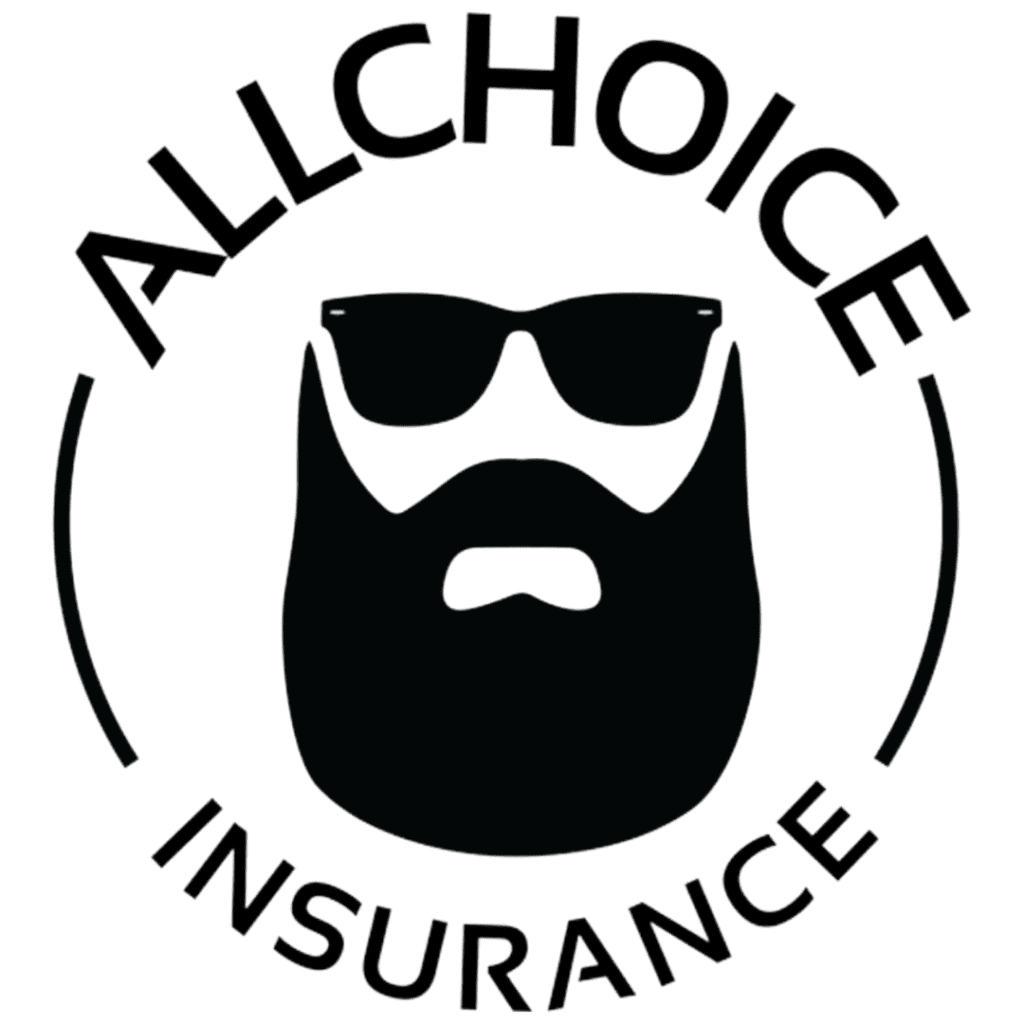How Much Is Classic Car Insurance?

Classic car insurance policies, also known as classic car policies, are tailored to cater to the unique requirements of classic and collectible vehicles. They differ significantly from regular car insurance policies, offering unique coverage options and eligibility criteria.
Understanding the structure and benefits of these policies involves examining the agreed value, exploring coverage beyond the basics, and understanding qualifications for coverage.
Agreed Value Versus Actual Cash Value
One key difference between classic car insurance and regular auto insurance lies in how the value of the vehicle is determined. Classic cars are harder to repair or replace due to their age and rarity, making their value assessment critical for insurance coverage.
Whereas traditional car insurance policies typically factor in depreciation to calculate the car’s actual cash value, this method is unsuitable for classic cars. Especially for those which have been significantly restored, elevating their worth above the depreciated amount. Instead, classic car insurance policies employ agreed-value insurance, where the insurance company and car owner agree on the car’s value before the policy is written. This ensures proper compensation in case of a loss, reflecting the car’s true market value.
An inflation guard included in agreed value policies can offer protection against underinsurance resulting from increasing market values. This feature automatically raises the value limit, keeping the insurance coverage in line with the car’s appreciating value.
Coverage Beyond the Basics
Classic car insurance policies also offer coverage options that go beyond the basics provided by a standard auto policy. One such coverage is for spare parts. Most classic car insurance policies provide coverage for spare parts up to a certain amount, typically around $500. Some insurance providers, like American Collectors Insurance, even offer the possibility to add more spare parts coverage for an additional premium.
Another coverage beyond the basics is hobby-related usage. Classic cars are often showcased in car shows, exhibitions, and club activities. Recognizing this, classic car insurance policies may extend coverage to these activities without imposing a mileage limit. This provides broad coverage for enthusiasts’ activities, allowing classic car owners to enjoy their passion without worrying about insurance limitations.
Qualifications for Coverage
Qualifying for classic car insurance involves meeting certain criteria. To start, the vehicle should be at least 25 years old or 20 years old with collectible value. Certain newer collectible car models, like specific models of Corvettes or Ferraris, may also be considered based on certain criteria.
The owner’s driving record also plays a crucial role in eligibility. Typically, classic car insurers require a clean driving record for the previous 5-10 years, with no more than one at-fault accident or moving violation in the past three years. Moreover, classic car insurance policies generally impose a mileage limit of 7500 miles per year and may exclude coverage for vehicles used for racing or exceeding set mileage limits.
Finally, storage conditions matter for collector cars. Collector vehicles must be stored in a fully enclosed and locked structure, such as a garage, when not in use to qualify for classic car insurance. Some insurers even require a proper storage environment like a climate-controlled unit.



